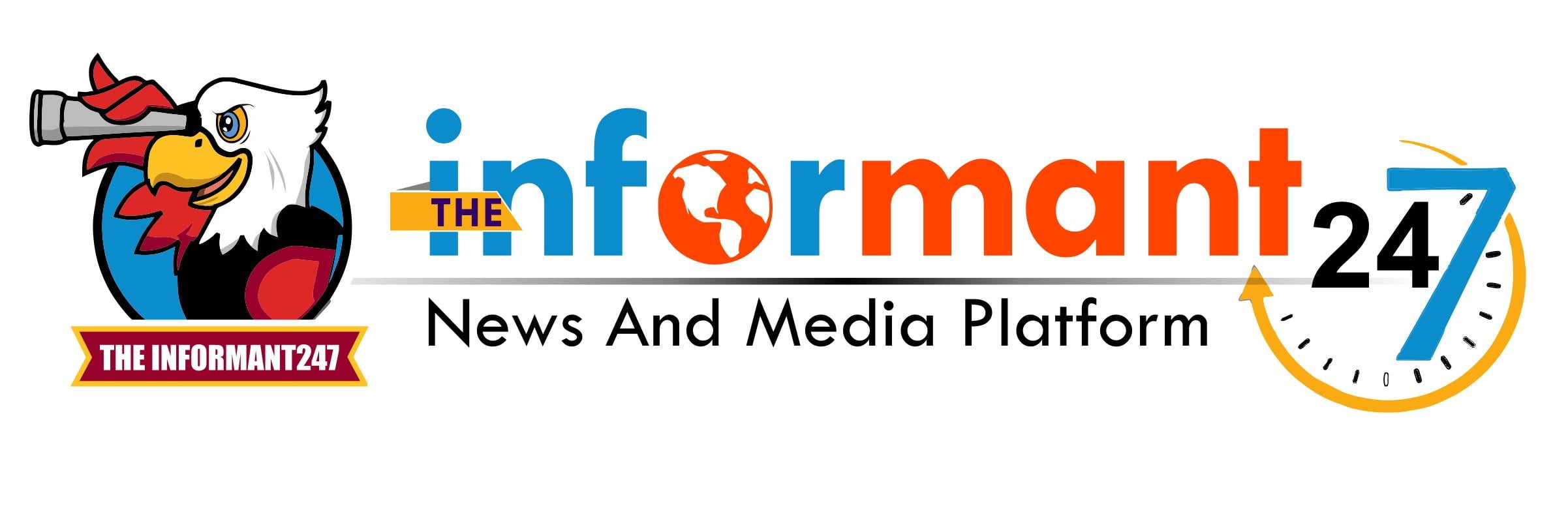ANALYSIS | Ethiopia’s conflicts: Will all parties hold up?
Once on the cusp of rapid economic transformation, Ethiopia has been embroiled in an armed conflict at a dire human cost. The continental bloc, the African Union, appears to have calmed the political waters. However, it is important to note that the prospects of an all-inclusive political settlement remain remote.
The peace accord penned in Pretoria and consolidated in Nairobi between the parties to the conflict is expected to redress the balance. There are contentious issues inherent therein, and that has cast serious doubts on whether all parties would be true to the letter and spirit of the deal in its real sense.
Basis of the conflict
The Ethiopian civil war is one of the deadliest on the planet at the moment that has made the headlines since its inception.

The Tigray People’s Liberation Front (TPLF), a rebel movement-turned-political party, dominated Ethiopian politics in a coalition at the national level for nearly three decades. However, the emergence of Abiy Ahmed as premier in 2018 ended their dominance. Since then, there has been a catastrophic breakdown in relations.
While losing their power status at the national level, the TPLF secured control of Tigray, a province in northern Ethiopia that the TPLF’s political leadership portrays as autonomous. In consequence, a power tussle ensued between the old and the new guard.
Bones broken, minds broken
The TPLF accuses the incumbent administration led by Abiy of centralizing power at the expense of the regions, which he denies. The premier also accuses the TPLF of seeking to restore its national dominance, which it plays down. War became inevitable.
Since war broke out in November 2020, thousands of civilians have been killed, critical infrastructure obliterated, and tens of thousands uprooted from their homes.
In March 2022, a truce was brokered between the TPLF and the Ethiopian federal forces, which has military support from Eritrea, a historic foe of the TPLF, and also armed militias from other Ethiopian provinces. But cracks were inherent—the truce was shattered.
The Pretoria accord – the most recent of all, penned on November 2 aims to foster a peaceful resolution to the conflict. Both sides have emphasized their commitment to the deal, with the resumption of humanitarian aid as a core clause.
However, it should be noted, that the Horn of Africa is quite volatile. As the current phase of the conflict unfolds, a breach in the Pretoria peace deal cannot be ruled out. It does exist.
Core parts of the peace deal
The Pretoria accord among other things stipulates a ceasefire and restoration of constitutional order, including disarmament as well as the resumption of aid and humanitarian services.
The TPLF under the deal must enter a permanent ceasefire with federal forces and disarm; it must also recognize that Ethiopia has only one defence force. Terms also stipulate that Tigray would be restored as a region under Ethiopia’s federal system. In addition, it will be represented in federal institutions, including the parliament.
Based on the deal, an interim administration would be set up to oversee the affairs of the province until polls are held at an unspecified date.
Where the problem lies
It is important to note that the terms of the peace deal represent a win for the incumbent Ethiopian federal administration, which aims to assert its authority over Tigray and neutralize the TPLF as a military force.
Demobilization is quite a delicate issue. Eritrean forces were not featured in the peace process. The state of Eritrea is not only militarized but also a sworn foe of the TPLF, whose leadership is committed to the collapse of the TPLF.
If the TPLF demobilizes, their area of influence and control, and by extension other parts of Ethiopia, will be open to external incursions.
Territorial disputes sit on the horizon as well. Western Tigray remains a flashpoint. The area is under the control of federal troops and forces from the Amhara region. The TPLF wants a full-scale takeover of the area, and how it intends to do that is left to be seen.
In its maiden report on the conflict, published September 19, the United Nations accused all actors of atrocities and possible war crimes. If justice is to be pursued as it should, would all parties be held to account?
Path to reconciliation continues
The TPLF has demanded the restoration of basic services to the region. Medicine and other essentials are in short circulation while malnutrition is rising. The humanitarian situation remains a dire need.

.
In the Ethiopian state of over 100 million people, political and social life is polarized, deep, and intense.
If the current central administration fails to address the past and present and chart a common cause for all, the reintegration of Tigray will turn out an endless pursuit.
Positive outcomes of the peace deal depend on the actions of all parties. The path to reconciliation continues.







